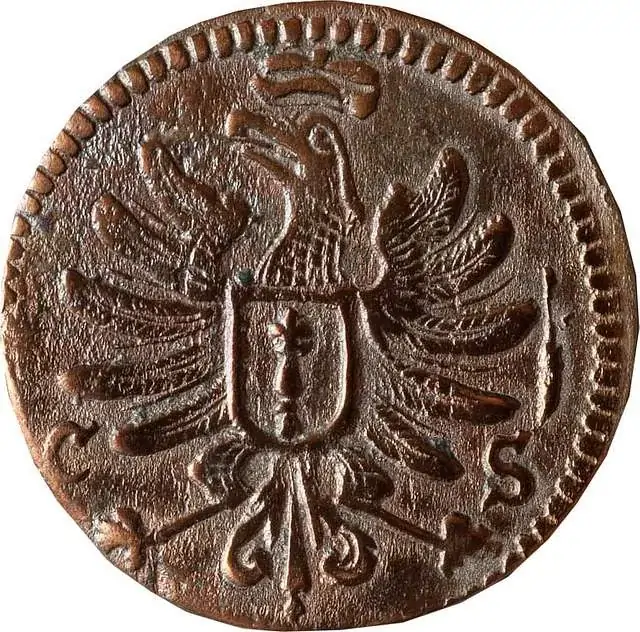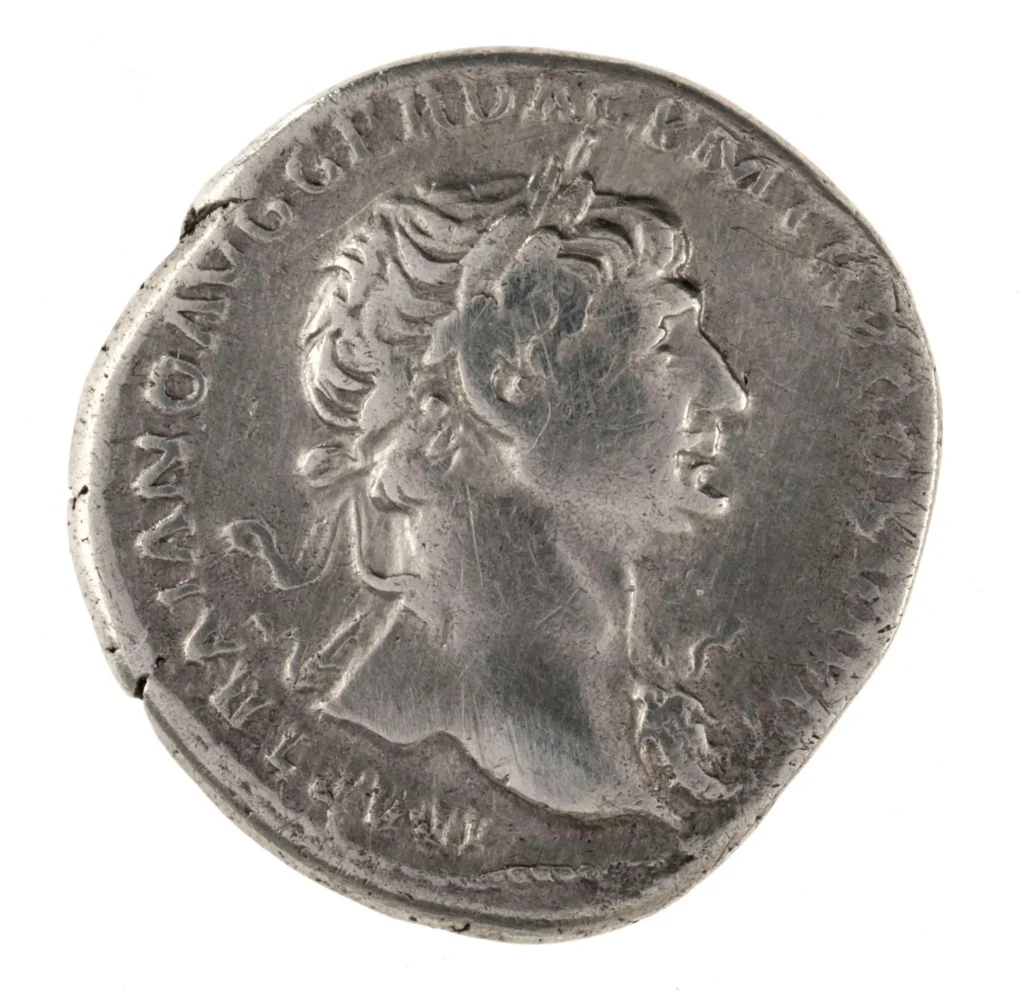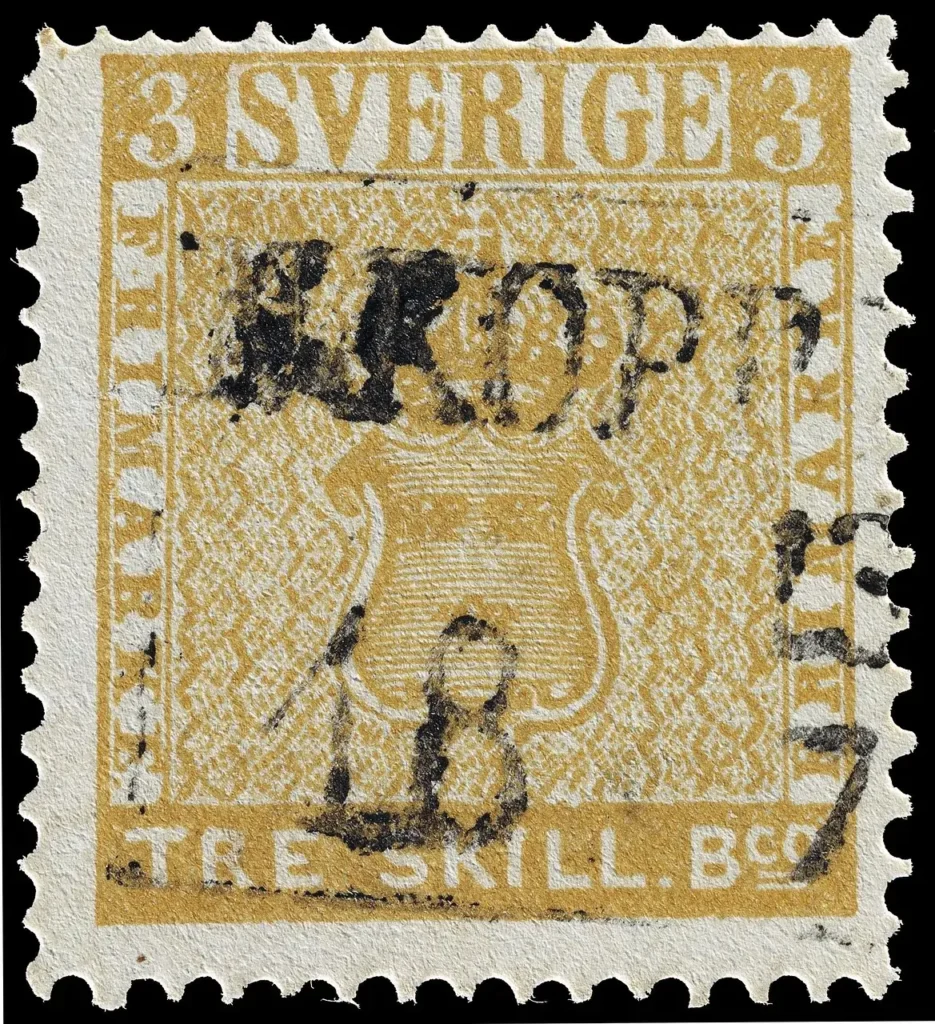Coins are something we usually overlook in our lives; however few forms of money can match up, to what a pfennig coin has to offer in terms of history and tales it holds within its metal edges. This unassuming German coin has seen more, than a millennium of history unfold from bustling markets to present day piggy banks.
As someone who collects and delves into history I’ve come across these metal fragments like the bundesrepublik deutschland coin collection, that unveil captivating stories of Germanys days. These pieces have endured shifts, in power global conflicts and economic shifts transforming from money to relics that reflect the changing face of German culture.
In this handbook we will delve into the history of pfennig coinage. Tracing its evolution, from Charlemagne’s monetary regime to its gradual phase out leading up to adoption of euro currency in Germany. We will uncover how this currency has left a mark, on society impacted routines and etched lasting memories in generations past.
The Birth of a Medieval Currency
Exploring how pfennig coins came to be involves a journey, to Charlemagne’s time in late 8th century Europe when he introduced a monetary change that influenced European currency for many years.
Origins in Charlemagne’s Monetary System
During 793-794 AD. Charlemagne set up what is now known as a system that brought a new silver currency into circulation where one pound of silver was used to mint 240 pfennigs of silver each with about 1.7 grams of silver, in them bringing in a consistent currency system across his expansive empire which was a groundbreaking move, at that time.
Early Silver Pfennigs and Their Value
I find it fascinating that the early pfennigs maintained remarkable consistency in their composition. These coins typically weighed between 1.3g to 2g, though I’ve observed through historical records that their weight gradually decreased over time. During what numismatists call the Pfennigzeit (“pfennig era”), these silver coins were the only denomination in circulation.
Regional Variations in Medieval Germany
By around 1200, the landscape of German coinage became increasingly complex. Here’s what made this period particularly interesting:
- Different mint lords across the Holy Roman Empire created regional pfennigs with varying standards
- The German kingdom had delegated minting rights widely, leading to inconsistent enforcement of imperial standards
- Trading cities often took control of minting to create the Ewiger Pfennig (eternal penny), aiming to eliminate annual coin exchanges
I am struck by the significance of the silver findings to Freiberg that propelled Saxony to prominence, in German currency production. The delicate nature of these coins led individuals to store them in tin containers for safekeeping and provides insight into the customs of times.
Evolution through German Unification
When I examine the coins I have from the time of unification I am amazed, by how they narrate the captivating tale of Germany’s evolution from states, to a single nation.
From Multiple States to One Currency
Prior, to coming as one entity. It’s fascinating to note the role played by the Zollverein (Customs Union) of 1834 in setting the stage for monetary harmony by establishing uniform rates across various state currencies; for instance; 1 Prussian thaler was deemed equivalent to 1¾ South German gulden in this arrangement which later turned out to be pivotal, for future developments.
The Gold Mark Standard of 1873
The introduction of Gold Mark, in 1873 marked a shift, in currency systems at that time with each mark equating 1 kilogram of pure gold based on 2،790 marks calculation methodology. It is intriguing how this new system established a division into 100 coins of adhering to previous conventions of 120 pfennigs distribution.
Design Changes Under the German Empire
The design specifications under the new empire were remarkably detailed. Here’s what I’ve discovered about the coin designs:
- State coins featured their sovereign’s portrait or coat of arms on the obverse
- The Imperial Eagle (Reichsadler) was mandatory on the reverse
- A pearl circle border was required until 1909
Throughout history, in Germanys eras of coinage usage states had autonomy over issuing 2 and 5 marks silver coins while smaller denominations like coins were uniform throughout the entire empires territory. This system operated effectively allowing Baden’s coins to circulate in Prussia bringing about a unified currency system, in German history.
The Pfennig in Times of Crisis
Reviewing my collection of wartime pfennigs it is hard to believe that these little coins such hold an important place in Germany’s history. The First World War marked a significant shift in of the appearance pfennig. In 1915-1916 the production of 1 and 2 pfennig copper coins was stopped and 5 and 10 pfennig coins which were earlier made of copper nickel were changed to iron or zinc. These changes were not just on the – surface it was a consequence of the shortage of the metals which were used in the course of war.
Impact of World Wars on the Currency
During WWI, the pfennig was to encounter the most serious problems. Local currencies and even prisoner of war camps started making their own currencies called “notgeld”. I have found particularly interesting specimens from Frankfurt, from which zinc 10 pfennig pieces were struck in 1917.
Hyperinflation and Currency Reforms
The post-war period brought the most dramatic chapter in the pfennig’s story. By late 1923, I find it almost unbelievable that a single US dollar was worth 4.2 trillion marks. The crisis touched every aspect of daily life – a pound of butter cost 6 billion marks, while a simple glass of beer required 150 million marks.
East vs West German Pfennigs
Since World War II ended I’ve noticed how stories, about pfennigs evolved along, with Germanys division itself. The currency reform that took place in June 1948 marked a turning point. Leading to two trajectories.. In West Germany they adopted the Deutsche Mark. Introduced pfennig coins, While East Germany opted for its mark system. The German pfennigs were predominantly crafted from aluminum earning them a moniker of “Aluchips”. I am intrigued by the way exchange rates mirrored the gap. During the 1980s era a single West German Mark could fetch 5 to 10 East German Marks on the underground market.
The final chapter came with reunification in 1990, when East Germans could exchange their basic savings at a 1:1 rate (up to 4,000 marks per person), while larger amounts were converted at 2:1.
Cultural Impact and Daily Life
The pfennig coins impact reaches beyond its financial worth and is deeply ingrained in German culture and everyday experiences.
Role in German Folk Sayings and Literature
One of my favorite German proverbs declares “Wer den Pfennig nicht ehrt, ist des Talers nicht wert” – “Who doesn’t honor the pfennig isn’t worthy of the taler”. This saying reflects the German cultural emphasis on financial responsibility. I’ve found numerous such proverbs that use the pfennig to teach valuable life lessons about thrift and wisdom.
Shopping and Pricing Through the Ages
During the early pfennig era, I find it fascinating how people managed their daily transactions. When exact change wasn’t available, merchants and customers would include small amounts of produce to balance the transaction. This practice shows how the pfennig shaped everyday commerce and social interactions.
Children’s Savings and ‘Sparschwein’ Tradition
One significant cultural influence I’ve noticed is how pennies have been used to teach kids about saving money over time in a way. As of 2020s children savings initiatives had expanded to reach, than 965,000 kids throughout our nation. These efforts are part of a practice of educating ones about finances that dates back to when children used to save pennies in their piggy banks. Studies indicate that youngsters, from backgrounds who have savings accounts are three times more inclined to pursue higher education and four times likelier to successfully complete their studies.
One thing that really stands out to me is how an impact a pfennig had beyond being money evolving into a representation of wise financial practices and cherished childhood reminiscences, for many generations of Germans.
Conclusion
Traveling back in time through pfennigs history unveils beyond a tale of coins. It portrays Germany’s journey, over generations.
The impact of pfennig, on culture endures through sayings on financial prudence and nostalgic recollections of saving as children. Future generations can learn from its thousand year history, about how currencies change over time and influence societal shifts after being replaced by euro.
According to my study findings there are a few currencies that have had such an impact, on their society as the pfennig did in Germany. The pfennig wasn’t merely a form of currency. It evolved into a representation of unity resilience in times of adversity and fiscal prudence. These core principles, instilled through practices like depositing coins into a Sparschwein (piggy bank ) still play a role, in shaping financial behaviors today.
The tale of pfennig serves as a reminder that currencies go beyond economic instruments; they act as mirrors reflecting a nation’s soul and its people’s essence.
FAQs
Q1. What was the historical significance of the pfennig coin in Germany? The pfennig was Germany’s iconic currency for over a thousand years, from the 9th century until 2002. It originated in Charlemagne’s monetary system and evolved through various historical periods, including German unification, world wars, and economic crises, reflecting the country’s rich history and cultural values.
Q2. How did the pfennig’s value change over time? The pfennig’s value fluctuated significantly throughout its history. Initially, it was a silver coin with consistent weight. However, it underwent dramatic changes during times of crisis, such as World Wars and hyperinflation. By 1923, extreme inflation led to a single US dollar being worth 4.2 trillion marks, drastically devaluing the pfennig.
Q3. What role did the pfennig play in German culture and daily life? The pfennig was deeply ingrained in German culture, featuring in folk sayings and literature. It played a crucial role in teaching financial responsibility, especially to children through savings traditions like the ‘Sparschwein’ (piggy bank). The coin also influenced everyday commerce and pricing practices throughout its history.
Q4. How did the pfennig differ between East and West Germany? After World War II, the pfennig’s story split along with Germany. West Germany introduced the Deutsche Mark with new pfennig coins, while East Germany created its own mark system. East German pfennigs were primarily made of aluminum and nicknamed “Aluchips.” The exchange rates between the two currencies reflected the economic divide between East and West.
Q5. Can old German pfennig coins still be exchanged or are they valuable? While pfennig coins are no longer in circulation, some may have numismatic value. Certain rare or well-preserved coins, like the 50 Pfennig 1949 J, can be worth up to $500 in mint condition. However, for most old pfennigs, their primary value lies in their historical significance rather than monetary worth. Former national banks may still exchange some old currency for euros.



